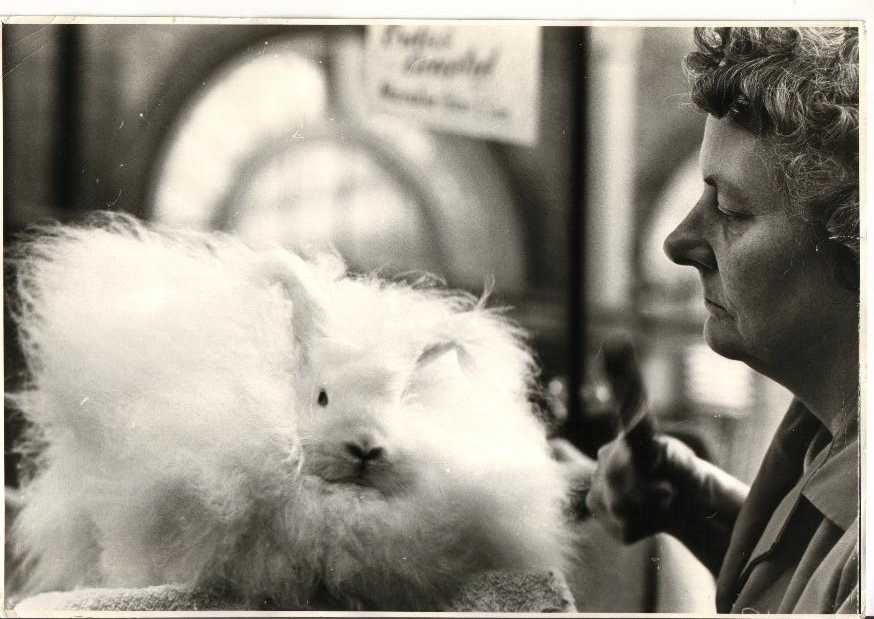
One of the many key figures in angora rabbits was Mrs Barbara Pratley and here is a short article by Yvonne Hobbs Fothergill sharing her memories of Mrs Pratley.

One of the many key figures in angora rabbits was Mrs Barbara Pratley and here is a short article by Yvonne Hobbs Fothergill sharing her memories of Mrs Pratley.

The National Angora Club Stock Show was held 26th November 2017 Coventry and was a successful show.
The main Judge for the Stock Show for the Angora rabbits was NAC member and Judge Simon Whincup.
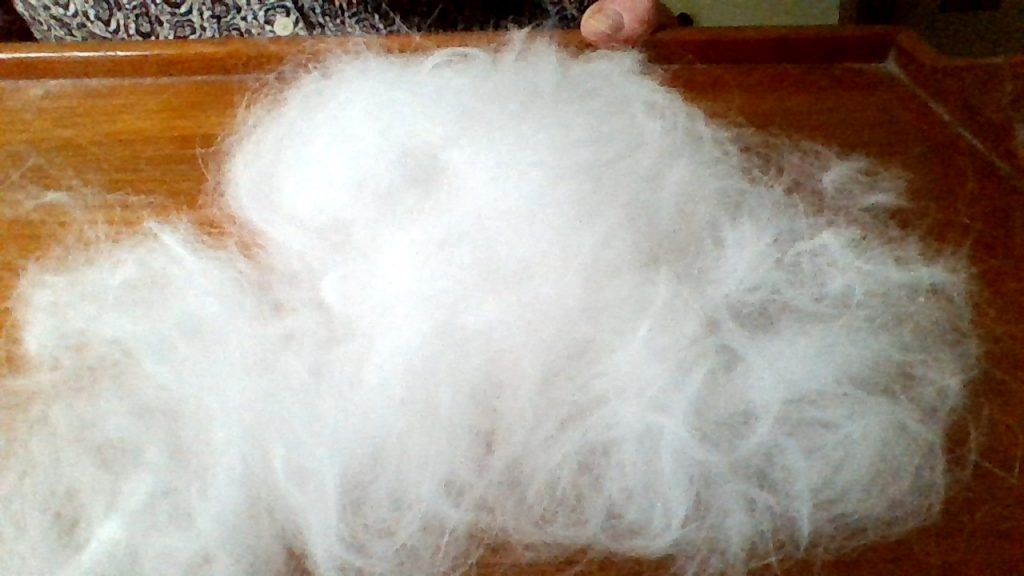
When my Angora wool is delivered to me (I don’t have any rabbits now), it is greatly depressed into a plastic bag, all the air has been squeezed out. So, the first thing is to get the air back into the wool again. I tease the angora out and take out any debris and any double cuts of wool. I finish up with a mountain of wool, 4 to 5 times the original size.

We would recommend two books in particular that are useful for Angora enthusiasts.
This book covers purchasing, housing, feeding, exhibition grooming, exhibition, breeding, wool harvesting and health. 48 pages. Written by two well known and experienced exhibitors.

This book covers the history and development of the English Angora rabbit, the colours of the English Angora and their genetics, as well as feeding, housing, breeding, grooming for wool and exhibition, clipping and health. There are chapters on the French and German and US Angora breeds. Other chapters of the book cover structure and production of Angora wool, with information on carding, spinning, plying and felting, and making your own drop spindle. 164 pages.
These two books are also on sale at the National Angora Club Stand at craft festivals and the Bradford and the London Shows
There are many general and useful books on all aspects of rabbit care in the Fur and Feather bookshop. If you come across “The Domestic Rabbit by John Sandford” it is well worth a read. However it is now out of print. Try abebooks.co.uk
These Five Freedoms were originally designed for farm animals but have been adopted by the British Rabbit Council for all rabbits, including the Angora and are given below.
Whilst the Five Freedoms sound simple, following them correctly needs a good level of knowledge about rabbit diet, housing, health and behaviour as well as a commitment to regular care and attention. Ask your breeder for information, read some of the excellent books on rabbit care available, and use the resources on the internet, and your rabbit will be well cared for.
Lesley Hordon (Copyright National Angora Club 2014).
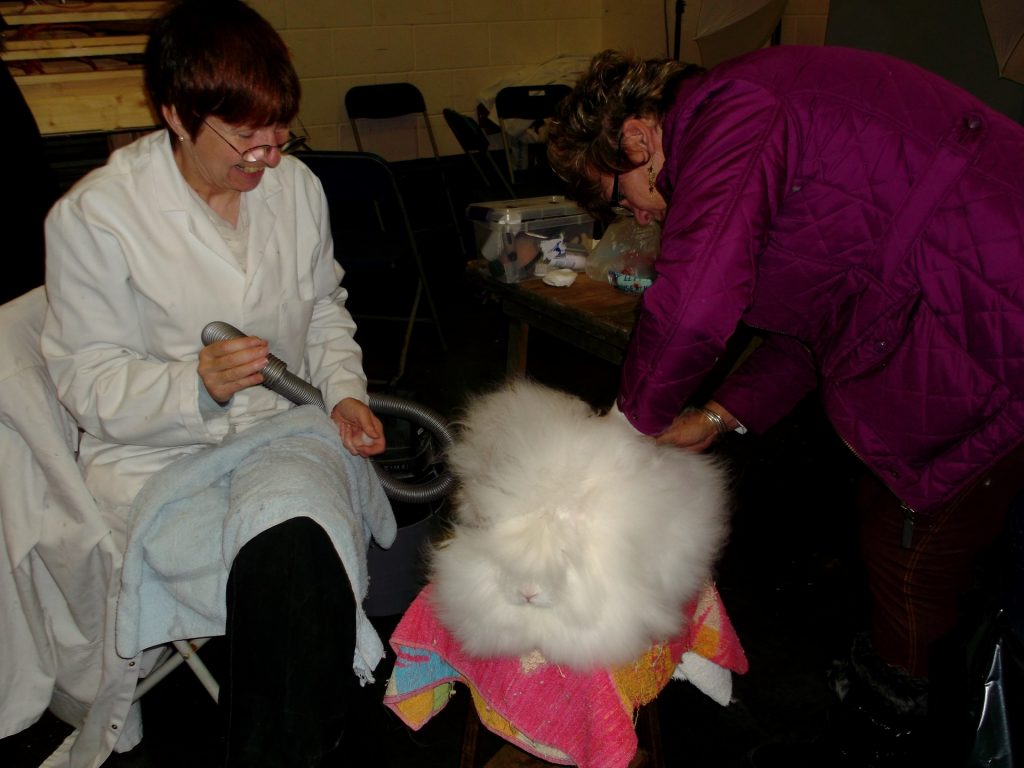
This can take some practice and a lot of experience in order to achieve a well groomed Angora rabbit particularly for show. There are a few essential items you will need in your tool kit to aid you with this and here is a brief run through of these items. If you want to know more contact your local Angora rabbit breeder or visit the National Angora Club stand at one of the rabbit shows for more guidance and advice.
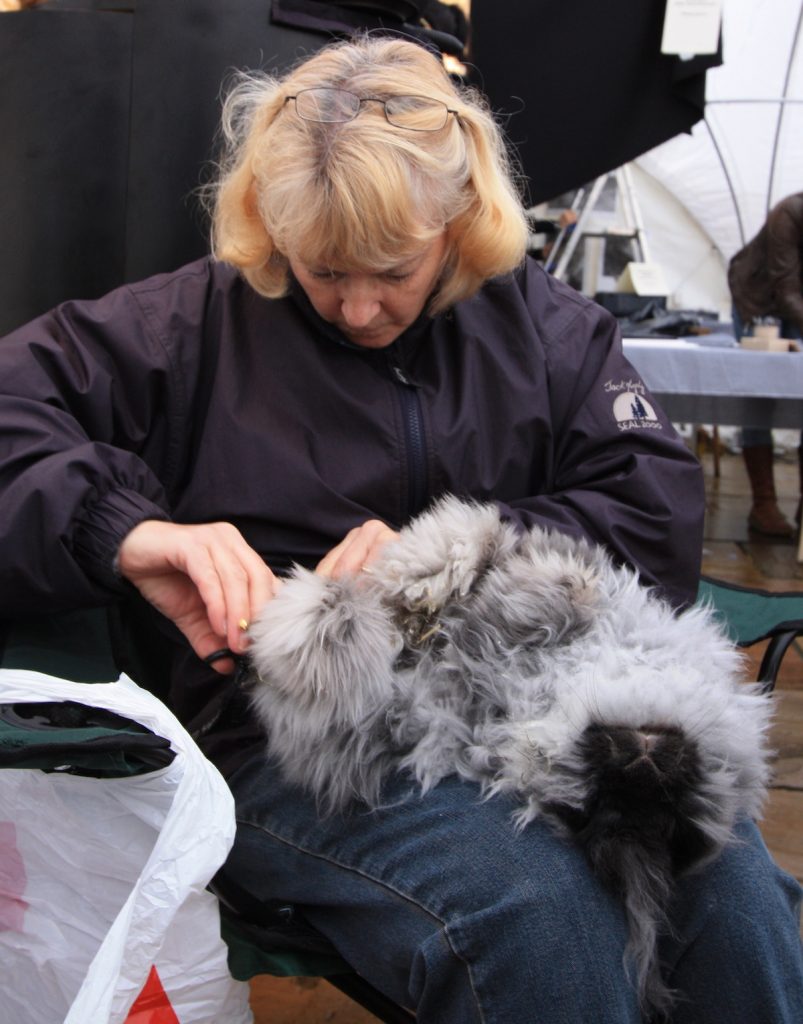
The basic tools for clipping an Angora rabbit are:
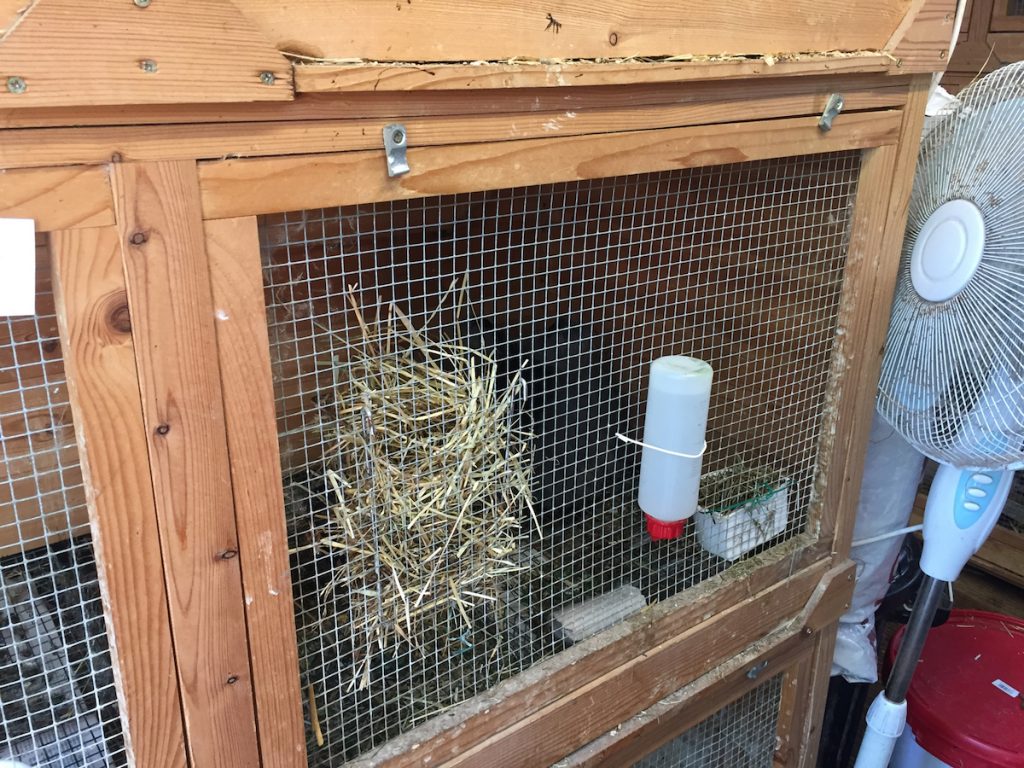
Hutches can be a challenge, getting the right size, shape and fit for your environment. These are a few ideas based on what our members do.
When the doe is ready to produce it is down to her and it is not always straight forward. The doe produces a litter, but often can scatter babies across the hutch during this process, especially if she is a first time mother. If she has made a nest but fails to put the babies in it then quietly lift her out, check her over, and give her a titbit first. Then put any live babies in nest and remove any dead ones. You can warm up any that are still moving slightly by warming them in your hands or on a heat pad and then return them to the nest once warm. In the meantime put the doe back with the live and warm babies which are now safely in the nest and give her more treats then leave her to rear her babies.